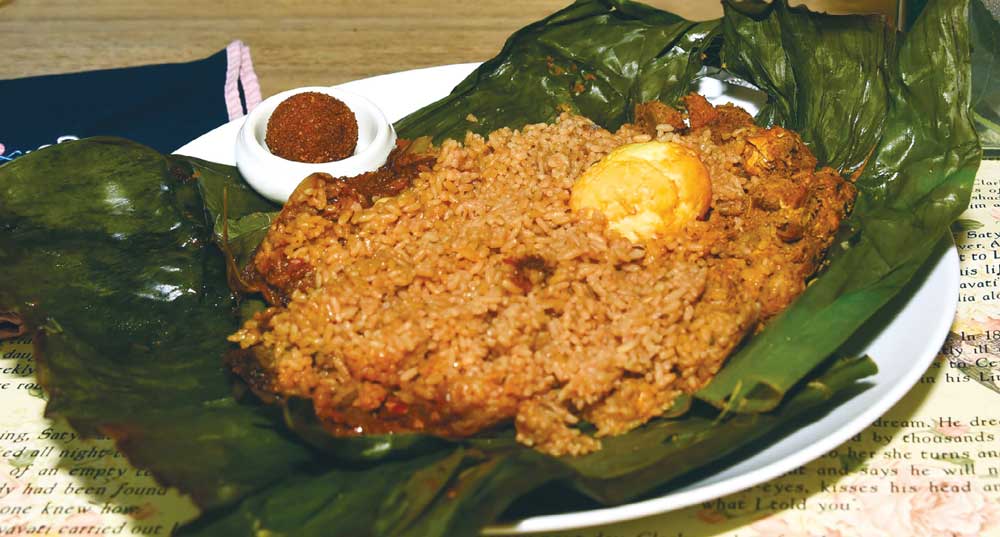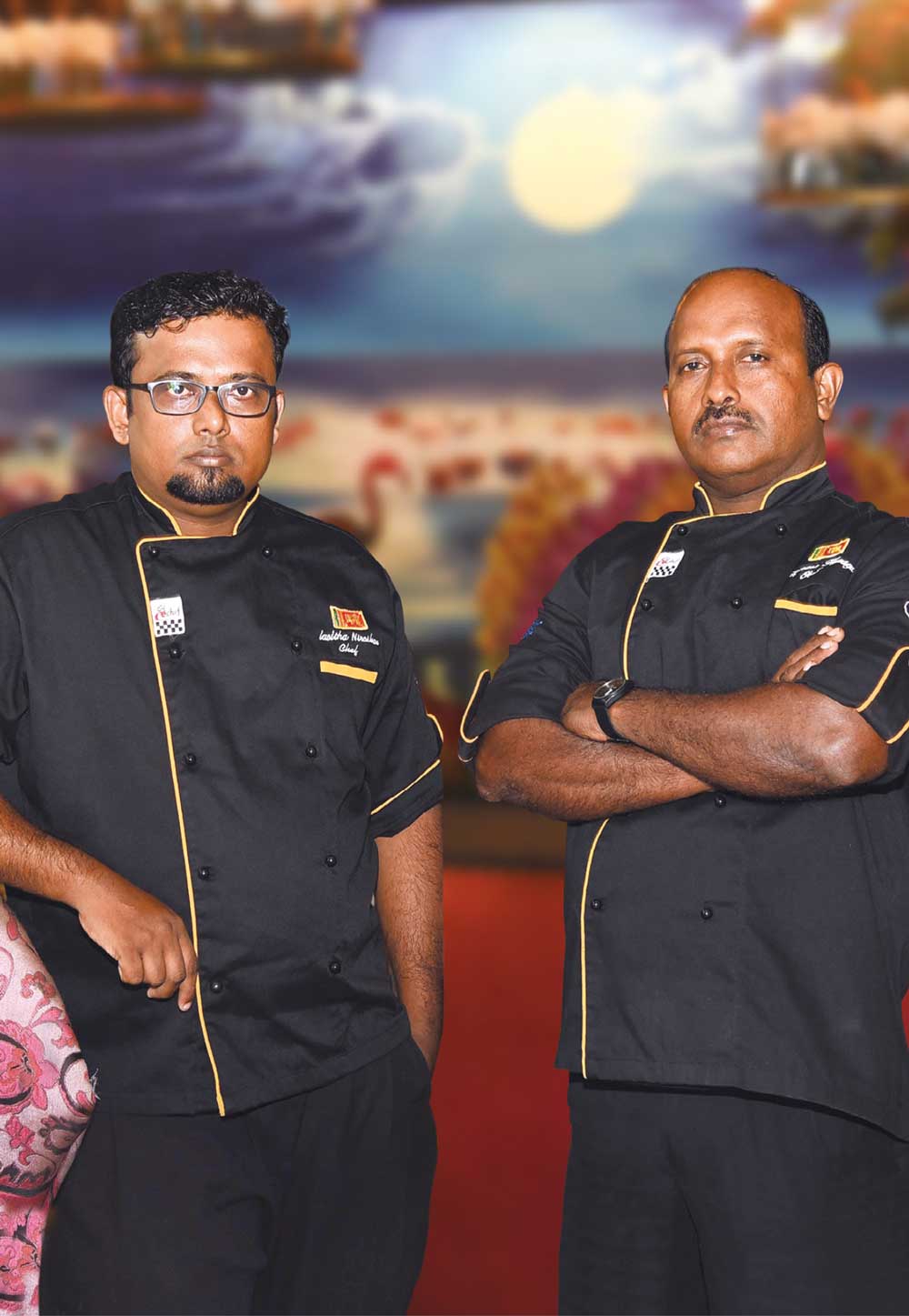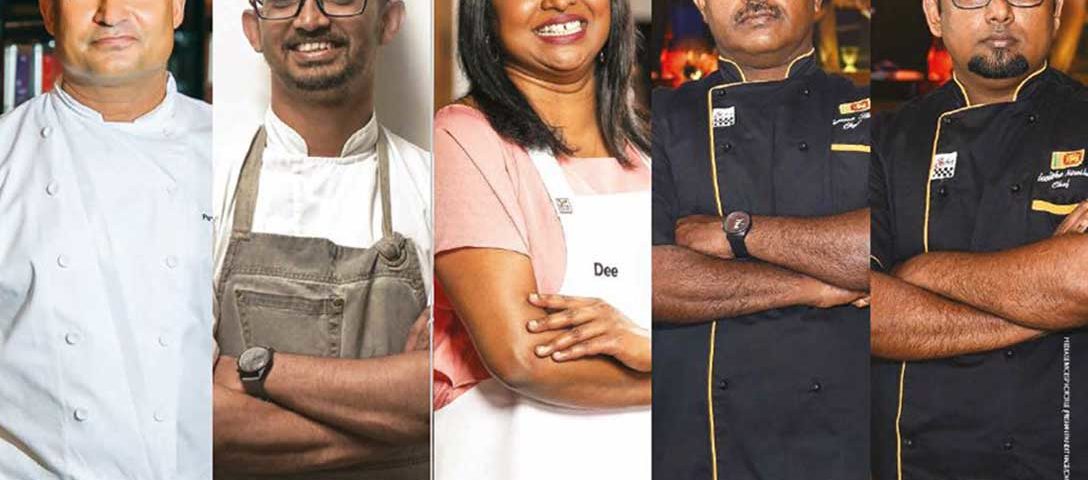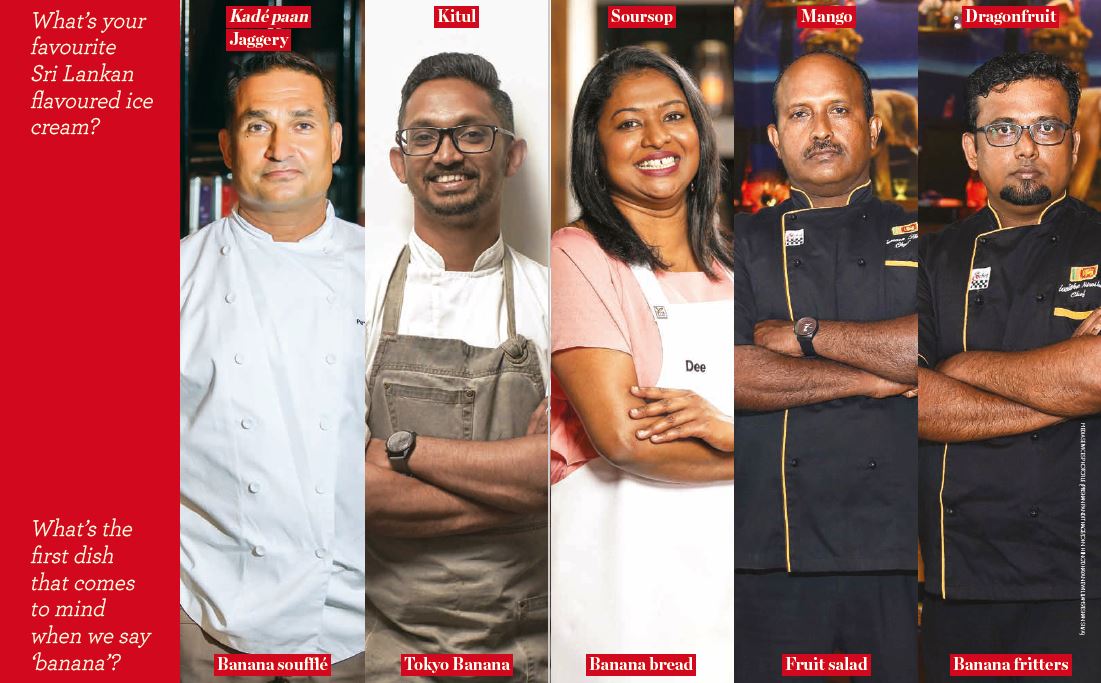INSIDE STORY

KRISTEN STEWART HAS BEEN CAST TO PLAY OUR FAVOURITE LADY
June 18, 2020
HAS AI REALLY BEEN ALL THAT HELPFUL?
June 19, 2020SMORGASBORD
ONE ISLAND
COUNTLESS
FLAVOURS
Sri Lanka is an idyllic location for people who consider themselves to be foodies. Replete with a tropical climate, the island serves numerous local specialities across a spectrum of cuisines.
But it’s not all about sitting in a restaurant or cafe. As connoisseurs of food know, the search for that perfect dish isn’t confined to five-star hotels or popular restaurants; it extends to the streets, the huts of local village folk and sometimes the source itself.
Though Sri Lankan food has parallels with that of South India, it remains distinct. Through centuries of colonisation and the influence of foreign culinary traditions, the islanders have adapted their food culture to serve a smorgasbord of curries, tasty concoctions and a host of other mouth-watering dishes.
Stemming from the liberal use of locally grown tropical fruit, fresh seafood and a coveted range of spices, many Sri Lankan dishes can be traced back to the era of colonisation when traditional or indigenous foods were greatly influenced by foreign elements.
Today, the island’s cuisine has been shaped by many historical and cultural factors – such as foreign traders who brought new food items, not to mention their own cultures and culinary traditions, to the island.
Portuguese, Dutch and South Indian influences are evident in many of the country’s popular dishes. But even those that have foreign roots are prepared with a Sri Lankan twist to suit local tastebuds – and they’ve become signature dishes.
Ashwini Vethakan sat down with several well-known gastronomes of Sri Lankan cuisine as they discussed their kitchen rules, local favourites and how an international dish can be romanticised to give it the ‘island twist’!
First up, we spoke to internationally renowned chef, television presenter, restaurant consultant and author Peter Kuruvita who heads the kitchen at Noosa Beach House in Queensland. He is best known locally as the celebrity who put Sri Lanka’s unmistakeable flavour on the world’s culinary map.
Then there’s Michelin starred chef Rishi Naleendra, the Sri Lankan who runs Singapore’s famed restaurant Cheek by Jowl. Naleendra received his Michelin star back in 2017 and has been a trailblazer in the culinary world ever since. He frequently visits his island home, and brings with him both flair and a creative fusion of food.
Dee Williams joined the group of culinary masterminds. She is the only Sri Lankan to have contested in the 11th season of MasterChef Australia last year. Williams made a name for herself when she served the judges a pol roti dish, which won praise on international television.
And finally, we have the power duo of Flamingo House – chefs Kumar Hewage and Lasitha Niroshan. They reign supreme in their respective culinary fields with Hewage catering mouth-watering local dishes and Niroshan serving up the best steaks in the island.
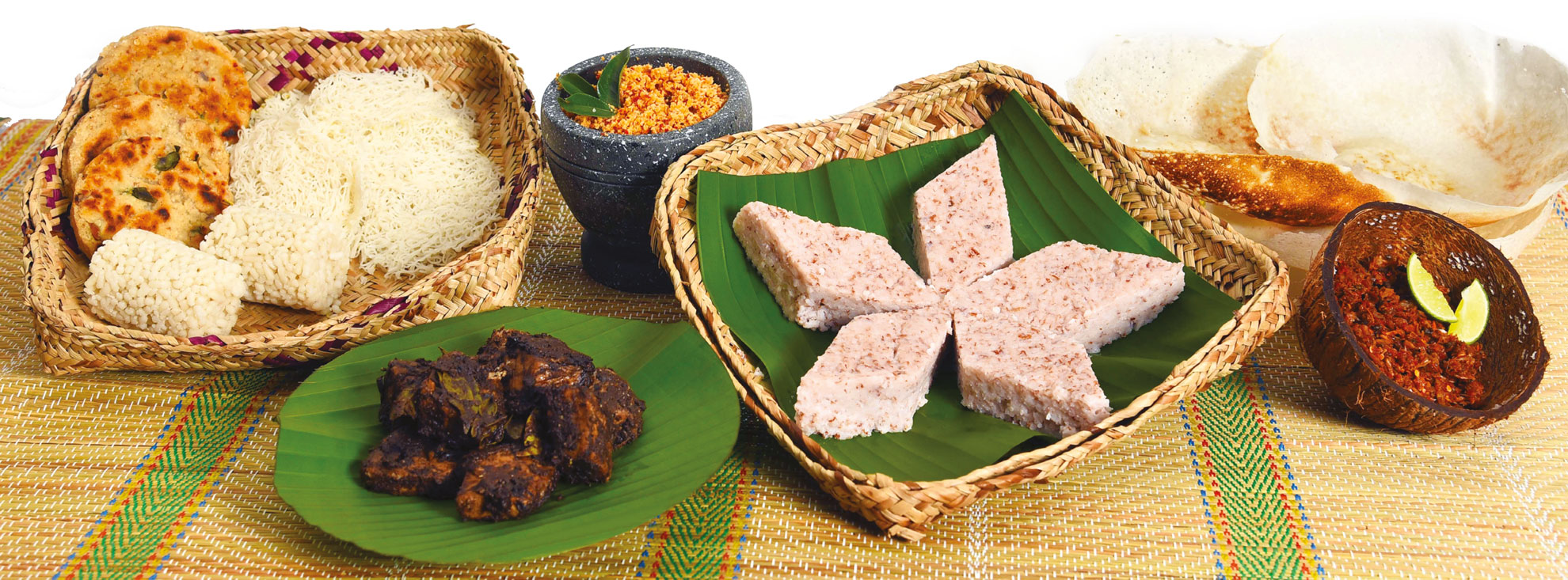
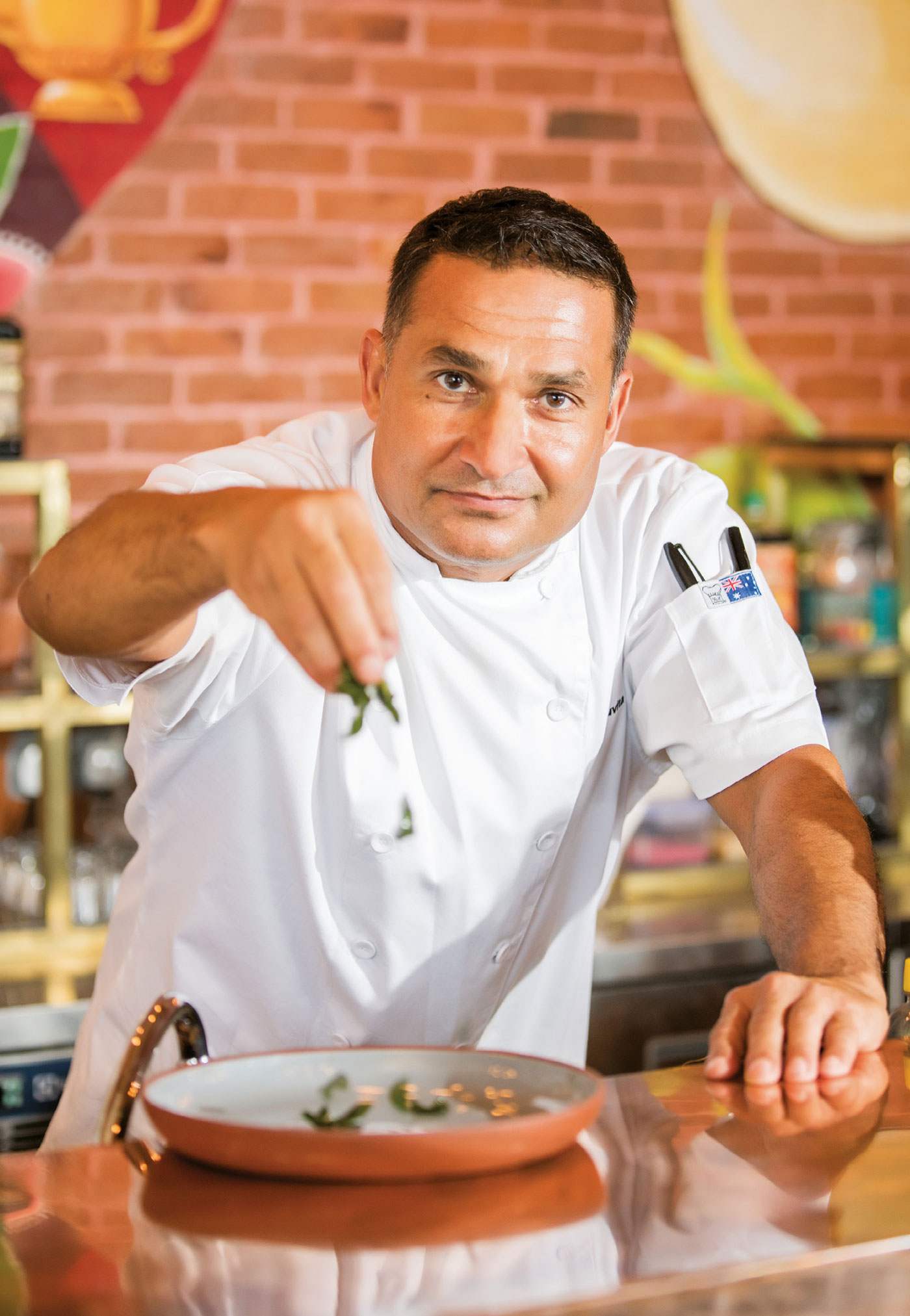
Peter Kuruvita
SRI LANKAN FAVOURITES
SPICES
Cinnamon
Turmeric
Curry leaves
DISH
My aunt’s breadfruit curry
FIGURE
Yanik Tissera (he’s the last person I met before this interview!)
RESTAURANT
Ministry of Crab
FOOD is
Comfort
INGREDIENTS are
A challenge
FAVOURITE KITCHEN TOOLS
The manual coconut scraper
A decent set of knives
A thermometer
Q: What are the golden rules in your kitchen?
A: Consistency, cleanliness, organisation, punctuality, hard work and no phones; it’s all about the food.
Q: Do you think any dish can be given a Sri Lankan twist?
A: Yes, it’s possible. I have two dishes in my restaurant that infuse a Sri Lankan flavour. The first is lamb belly, which is glazed with goraka; and the second is apple puree, which is infused with pol sambol!
Q: Does Sri Lanka’s culinary landscape lack anything? And if so, where are the lacunas?
A: Sri Lankans are very traditional; they’re not very adventurous when it comes to food. Any change to grandmother’s best dish is probably going to be appreciated more by foreigners than locals.
In addition, I feel that the kitchen teams here need to start thinking outside the box. One of the biggest hurdles I face when I visit Sri Lankan kitchens is that it takes five chefs to hand me a spoon! I think this kitchen hierarchy is a cultural thing because it’s present around the world. But in a culinary landscape, this can become an issue.
However, I’ve come to see so many Sri Lankans who travel overseas and become successful chefs. There are many amazing Sri Lankan chefs who work in the Maldives, the Middle East and Europe.
So while the culinary landscape in Sri Lanka doesn’t lack flavour, it certainly lacks experimentalism.
Q: Is there a Sri Lankan dish you have yet to master?
A: There are many. We all know how to prepare hoppers and kottu but if one were to travel to the villages and down south, we’ll find the most delicious food.
I met an elderly lady by the Madu River who prepares the most delicious black fish curry – and I still can’t prepare it like she does… even though she showed me how to make it on five occasions!
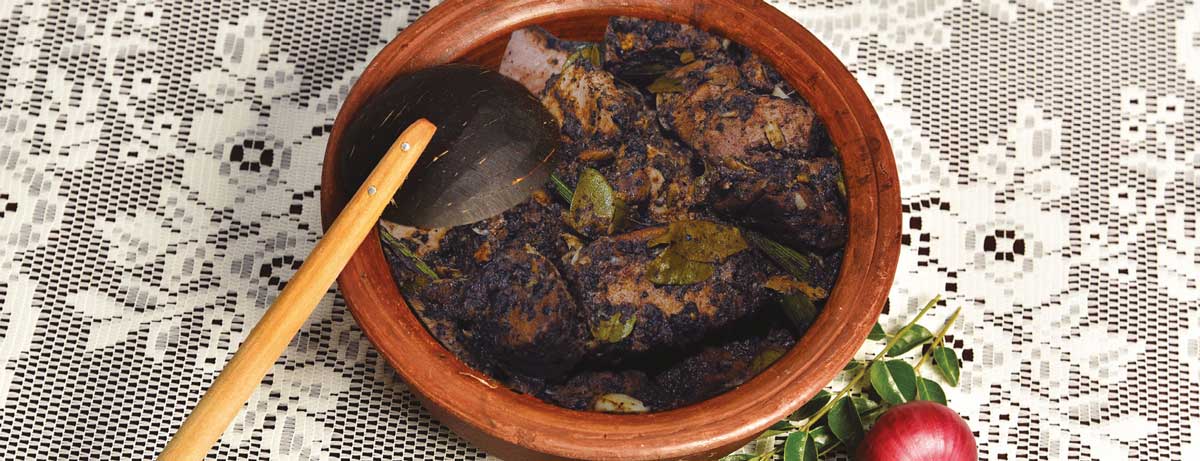
Rishi Naleendra
SRI LANKAN FAVOURITES
SPICE
Cinnamon
DISH
Pol sambol
FIGURE
Dharshan Munidasa
RESTAURANT
Ministry of Crab
FOOD is
Happiness
INGREDIENTS are
About quality
FAVOURITE KITCHEN TOOL
A good knife
Q: How important is innovation to you in terms of cooking?
A: Being able to innovate is the most important part of what I do because when it comes to cooking, you create new experiences.
Q: Can you remember your first critique? What was it for?
A: That would have been about 16 years ago at cookery school but I can’t remember what it was for.
Q: Which Sri Lankan dish is the hardest to prepare?
A: Local ‘short eats.’ So much work goes into making them. And you have to prepare them in large numbers.
Q: What do you consider the four essential ingredients for any Sri Lankan dish?
A: I’d say fresh coconut, curry leaves, toasted spices and roasted curry powder.
Q: What do you think Sri Lanka’s culinary landscape lacks?
A: I believe that independent restaurants lack support. Sri Lanka still depends heavily on hotel dining while the rest of the world has moved away from it. With the right support systems and hospitality training, stand-alone restaurants can benefit immensely.
I’ve always believed in F&B establishments that are independent since they express themselves a lot more whilst also offering customers a unique dining experience.
There are some really cool and innovative people doing interesting things in Sri Lanka; they can definitely use more support from people and the government.
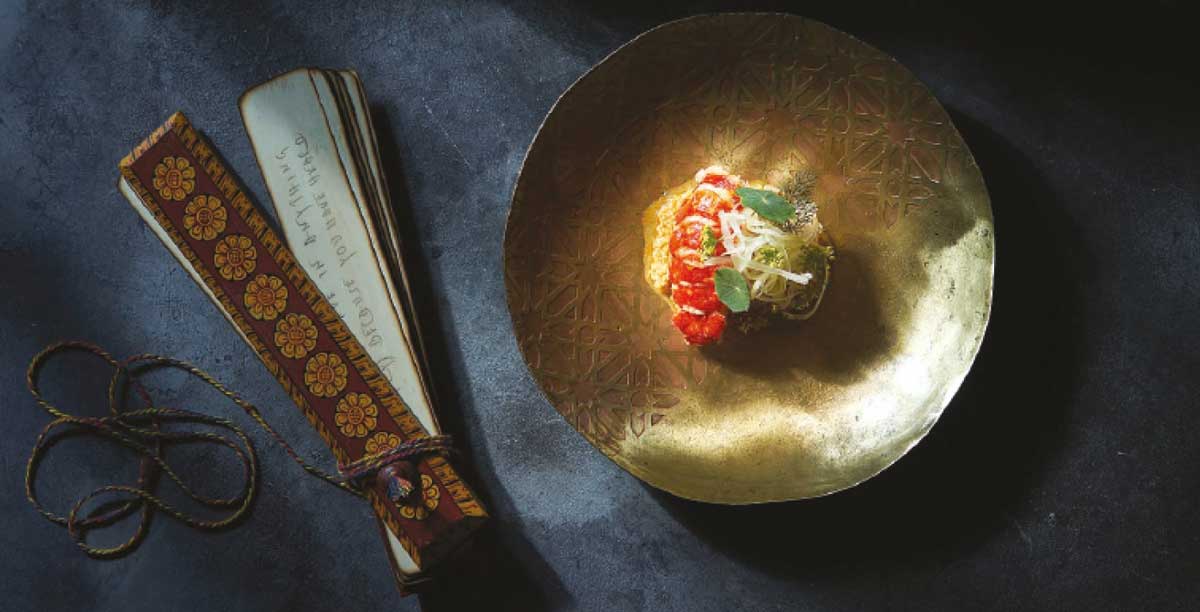

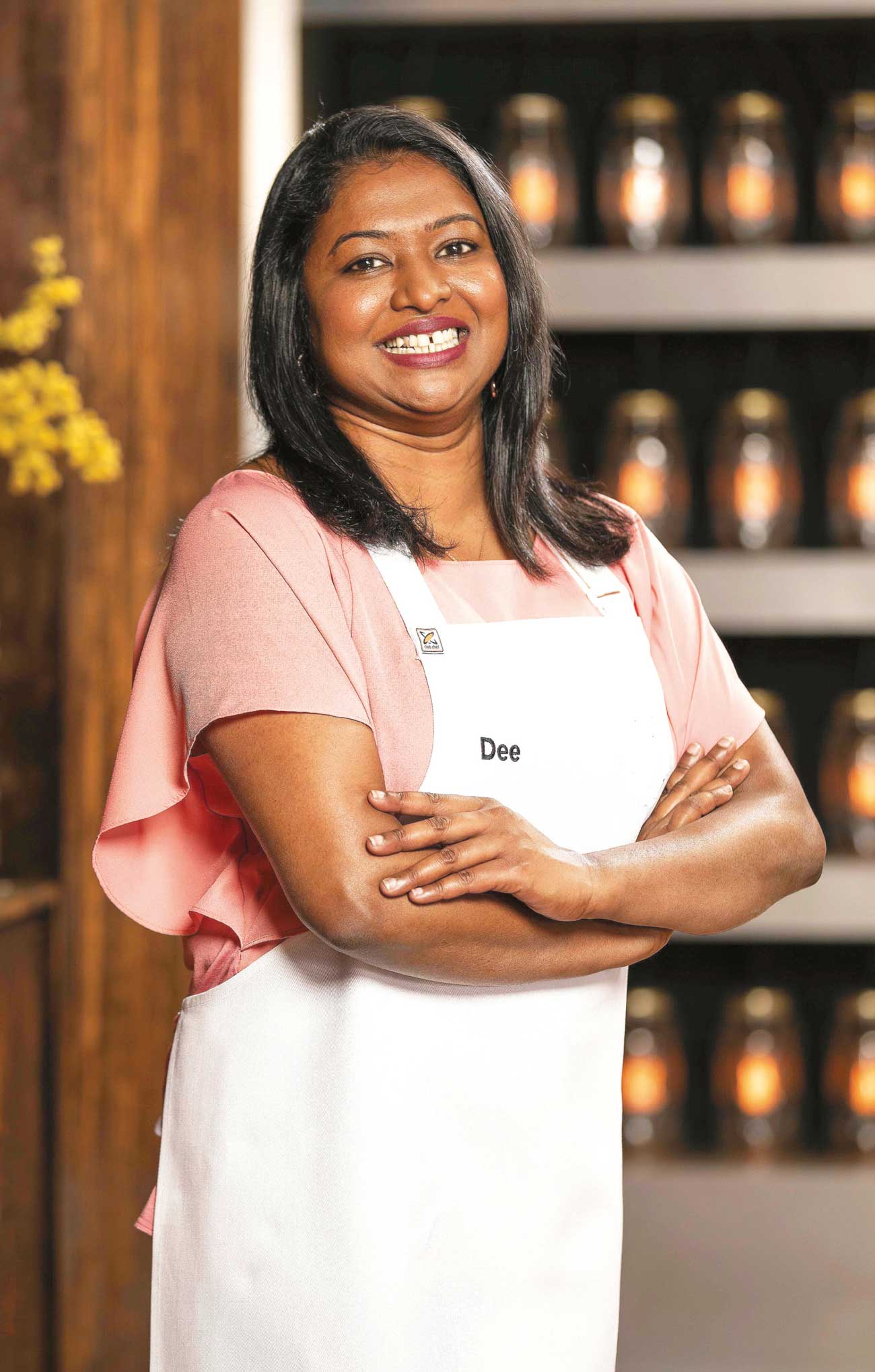
Dee Williams
SRI LANKAN FAVOURITES
SPICES
Curry leaves
Chillies
Cinnamon
DISH
Black pork curry
FIGURES
Peter Kuruvita and Mallika Joseph – my mother used to follow some of her recipes when I was very young; and when I was growing up, I followed her recipes because the tutorials were easy to follow.
RESTAURANT
It’s hard to name my favourite restaurant in Sri Lanka since I’ve lived overseas for the past 12 years. But I did notice that the res-taurants I visited when I was last in Sri Lanka prepared the same dishes differently to showcase the unique flavour of the region.
DEFINITIONS
FOOD is
Gastronomy
INGREDIENTS are
A component
FAVOURITE KITCHEN TOOLS
Small spoons
A microplane
A good knife
Q: What have you learnt from the internationally renowned chefs that you’ve worked with? And what components of that knowledge do you put into use?
A: I have learnt about ingredients and various techniques from different countries, and how to use them to get the maximum flavour into a dish; and there have been many tips and tricks of the trade.
For example, I’ve learnt how to prepare food efficiently and effectively in a short time frame; and how to cook with limited ingredients.
When Curtis Stone appeared on the show, I learnt how to make béarnaise sauce – something I’d never made before until I had to prepare it for the ‘pressure test.’
Q: Which Sri Lankan dish is the hardest to prepare?
A: Sri Lankan love cake. When it comes to cooked consistency, it varies from person to person, and oven to oven.
The hardest part is to know when the cake is fully cooked since we can’t use the skewer test – because if the skewer comes out clean, it means the cake is overcooked by Sri Lankan standards. It will taste good but there won’t be the moist centre that is typical of this confection. You need to rely on the timing of cooking as well as instinct.
Q: Where do you see yourself in five years’ time?
A: I launched the catering arm of my business late last year. Now I’m able to cater for private functions, birthday parties etc. Another part of the business provides customers with lunch and dinner takeaway packs.
The events section of my business allows customers to visit the premises and host private functions, and I’ll cook a three course meal or anything they want. I can create a menu to cater to their needs.
And the media division creates cooking and product review videos. Through videos, I can collaborate with various brands and cook meals with their products. I’m also planning to launch a range of spice mixes and curry pastes.
MasterChef has opened up a variety of opportunities and given me the confidence to pursue my food dream. I’d love to visit Sri Lanka sometime and work on a cooking show with a Sri Lankan television network or be a judge at a Sri Lankan version of MasterChef.

Kumar Hewage AND Lasitha Niroshan
SRI LANKAN FAVOURITES
SPICES
Chilli (Kumar)
Cardamom (Lasitha)
DISHES
Fish curry (Kumar)
Ambul thiyal (Lasitha)
FIGURES
Publis Silva (Kumar)
Gerard Mendis (Lasitha)
RESTAURANTS
Flamingo House (Kumar)
Ministry of Crab (Lasitha)
FOOD is
All about taste (Kumar)
Family (Lasitha)
INGREDIENTS are
A concoction of flavours (Kumar)
All about quality (Lasitha)
FAVOURITE KITCHEN TOOLS
A good knife and oven (Kumar)
The burner and spoon (Lasitha)
Q: How do you deal with a bad review?
A (Kumar): Usually, we approach the customer and find out what led to an unsatisfactory meal. Then we ask if the diner would like us to prepare it again.
Q: Do you feel that any dish can be given a Sri Lankan twist?
A (Lasitha): Yes, definitely. Take lamb, for instance.
We can give it a Sri Lankan inspired sauce and maybe serve it with steamed vegetables that are indigenous to the island. This will not only make the plate look good but the taste will surely stand out.
Q: What is the golden rule in your kitchen?
A (Both): Cleanliness, hygiene and order. We promise customers that each dish will be prepared in 10 minutes. In order to deliver on that promise, all utensils, equipment and ingredients need to be in the necessary places and within arm’s reach.
The first thing we do is inspect the kitchen as soon as we walk in for the day, and check whether all that’s needed for the day is carefully laid out and in place.
